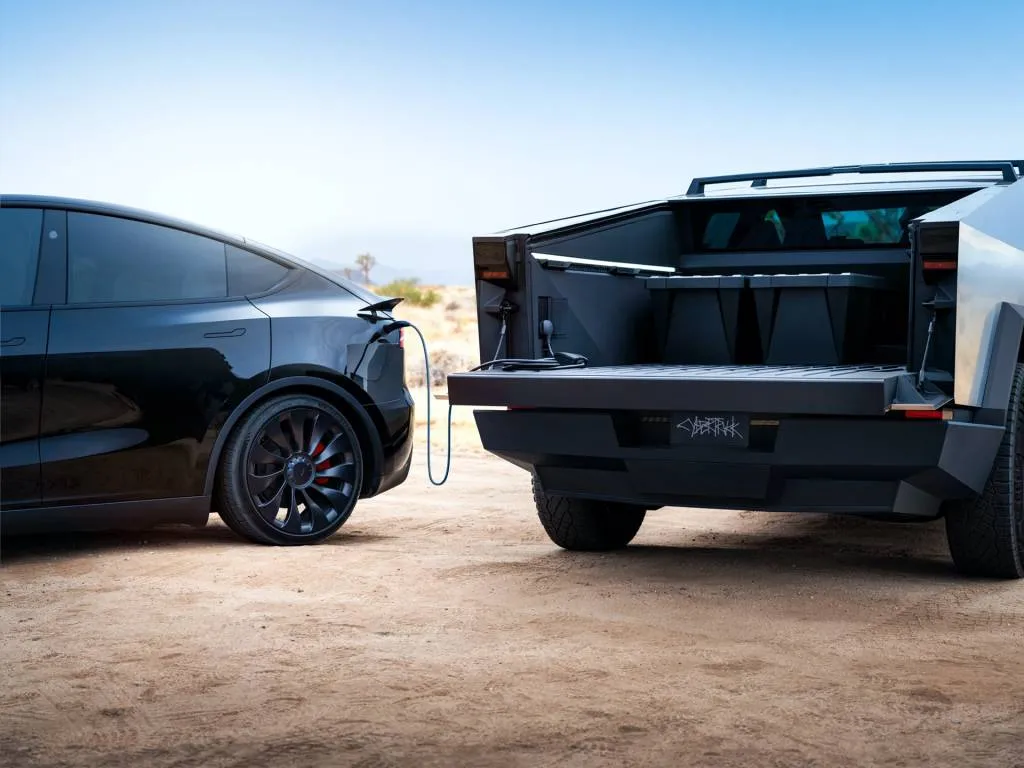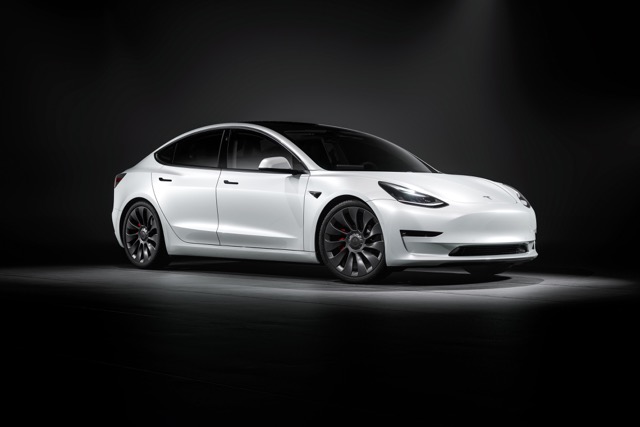Tesla Cybertruck qualifies for the $7,500 EV tax credit

In updates Friday, the U.S. EPA confirmed that some versions of the Tesla Cybertruck will qualify for the EV tax credit—at least for those models delivered in 2023.
As revealed just over a week ago, the Tesla Cybertruck will arrive in $79,990 All-Wheel Drive (dual-motor) form, with a $99,990 Cyberbeast (tri-motor) performance model. A single-motor Rear-Wheel Drive model is due to arrive in 2025.
That’s where information posted on the EPA’s tax-credit page becomes a bit confusing. The Cyberbeast is listed as qualified for the $7,500 EV tax credit, with an MSRP limit of $80,000.

EPA indicates Tesla Cybertruck qualifies for $7,500 EV tax credit. – 12/2023
Nowhere else on the EPA site is a model that starts well above $80,000 listed as qualified. Nor is it likely that Tesla intends to lower the Cyberbeast below $80,000 for deliveries before the end of 2023, which is the time period for the EPA’s current list. Green Car Reports has reached out to the EPA for clarification; Tesla doesn’t answer press inquiries.
The pricing isn’t the only thing that doesn’t quite measure up to Tesla’s originally promised $39,900 start. While a range of “500+ miles” had been suggested at the Cybertruck concept reveal in 2019, the production Tesla Cybertruck arriving more than four years later returns an estimated 340 EPA miles in All-Wheel Drive form.

2025 Tesla Cybertruck – Courtesy of Tesla, Inc.
The bright side of this is that through some lean engineering decisions Tesla has managed to get that range from a reported battery capacity of just 123 kwh—more range than the Ford F-150 Lightning from less battery, for instance. On the other hand, getting anything close to the claimed 500 miles means opting for a “range extender” battery that occupies part of the cargo box, enabling up to 470 miles.
It’s not surprising though that the Cybertruck makes the cut for the tax credit, which has been revamped around emphasizing American-made EVs with domestic sourcing.

Tesla Battery Day vertical integration overview
As it underscored in its Battery Day back in 2020, well before Biden’s EV policy, Tesla is striving to make batteries and the whole supply chain for them part of a vertically integrated—and localized—supply chain. The Cybertruck’s 4680 cylindrical cells are U.S.-made, and the Cybertruck is made in Austin.
These models aren’t yet listed by the EPA for efficiency or range ratings, and they might never be until lighter single-motor versions reach the market. Models with a gross vehicle weight rating above 8,500 pounds aren’t required to list those numbers at the time of sale.
Not all Teslas will make the cut for the tax credit, though. Tesla has already suggested that the base LFP version of the Model 3 won’t qualify for the credit in 2024. That’s because, at least for now, it relies on foreign-made cells.

2023 Tesla Model 3
Last month, the federal government released the latest baked-in phase of the credit, as specified under the Inflation Reduction Act. It eliminates the credit for EVs containing battery components supplied by or assembled by a “foreign entity of concern” (including China, Iran, North Korea, and Russia).
According to that language, an exclusion extends to corporate subsidies that are operating elsewhere that are majority-controlled by corporations based in entities of concern. So disqualified models might—depending on interpretation—include U.S.-made Volvo and Polestar EVs (majority owned by China’s Geely) and Europe-made batteries from China’s CATL.
In 2025, the rule is due to get a level deeper yet—to cover critical minerals that originate from or were processed in a foreign entity of concern. Tesla’s vertical integration and control of its supply chain are likely to pay handsomely.




